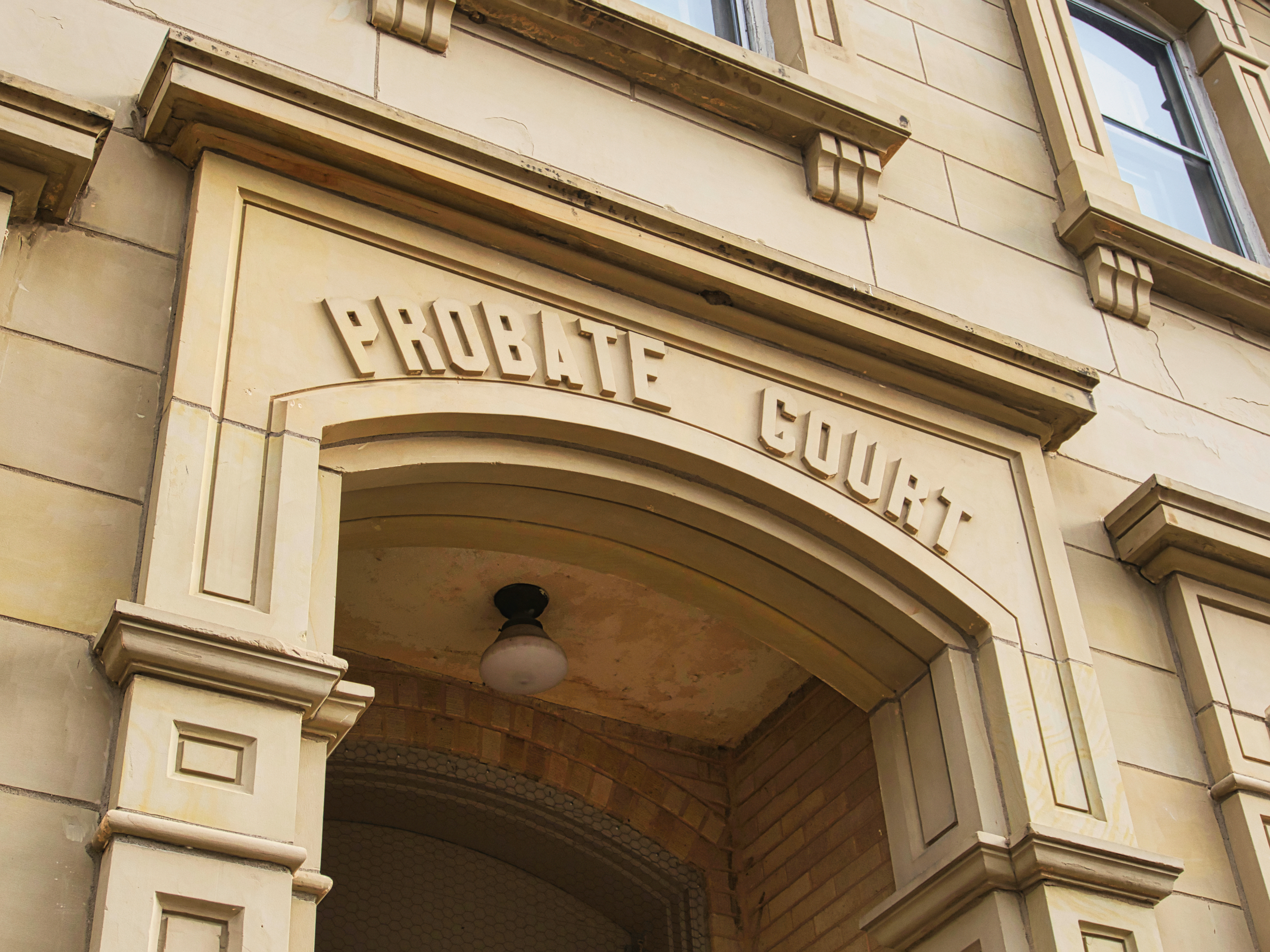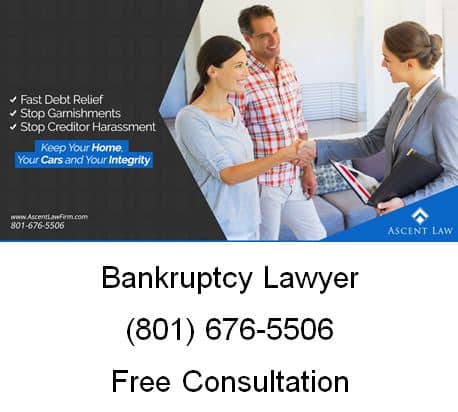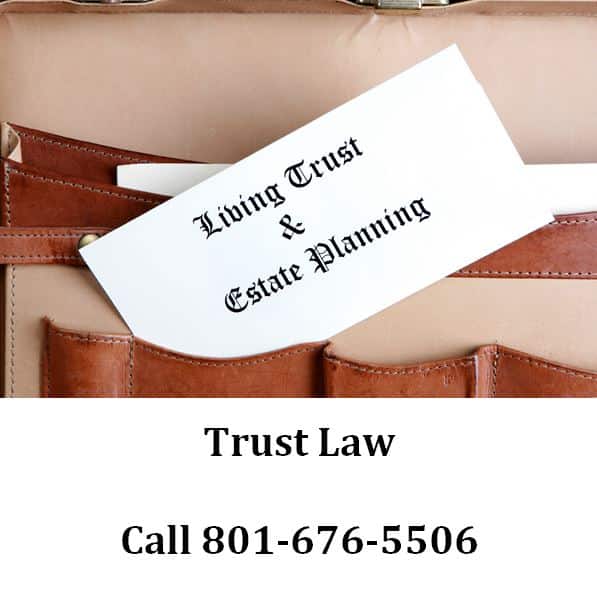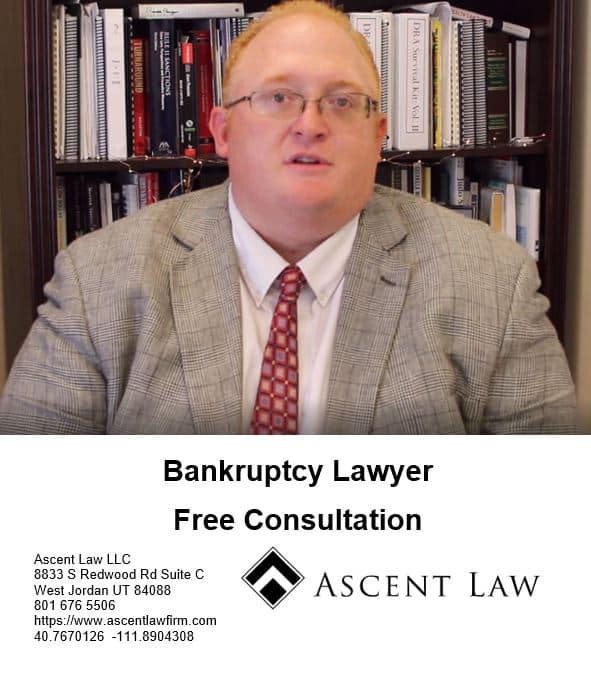Wondering how to legally handle withdrawing money from bank account after death? This critical task requires complying with specific financial and legal protocols. Our concise guide demystifies the authorization process, the importance of legal documents, and the responsibilities of executors, ensuring you are equipped to handle this duty in compliance with the law.
Key Takeaways
- The withdrawal of funds from a deceased person’s bank account is strictly regulated, requiring the appointment of a personal representative and a certified death certificate, and unauthorized withdrawal is illegal.
- Joint bank accounts and Payable on Death accounts facilitate the transfer of assets to the surviving owner or named beneficiary respectively, bypassing probate, but both require a death certificate for the transfer.
- Before heirs can access funds from a deceased person’s bank account, legally mandated debt repayment takes priority, with banks following a sequence prioritizing creditors and requiring claims within a specific timeframe.
Withdrawing Funds After an Account Holder’s Passing

The legal labyrinth surrounding the withdrawal of funds from a deceased person’s bank account primarily centers on the authorization process. When a bank is notified of a customer’s death, the account is typically frozen. This is a protective measure designed to prevent fraudulent activities and ensure that the funds are distributed according to the decedent’s wishes and the law.
The key player in this process is the personal representative, such as an executor named in the will or an administrator of the estate. This individual is typically the only person authorized to close the deceased’s bank account. It’s important to note that taking money out of a deceased person’s bank account without proper authorization is illegal.
The timeline for a bank to release money after a person’s bank account holder’s death can vary significantly. Factors such as the complexity of the estate, necessary financial documents, and the value of the assets all play a role.
The Importance of the Death Certificate
One cannot underestimate the importance of a death certificate in the whole process. Serving as legal proof of death, a certified death certificate is required by financial institutions and banks to proceed with any transactions after an account holder’s death. This includes making changes or closing accounts solely in the deceased’s name.
Even a payable on death (POD) beneficiary must provide a certified copy of the death certificate and identification to claim the funds.
Executor vs. Personal Representative: Roles Defined
The executor or personal representative plays a crucial role in managing a deceased person’s bank accounts. This individual, authorized by the probate court, is responsible for notifying creditors of the death and settling all claims against the estate within a period typically ranging from three to six months.
To access and close the deceased person’s bank account, the executor must provide the bank with proof of their appointment and a death certificate.
Legal Authority to Withdraw Funds
Before any funds can be withdrawn from a deceased’s bank account, a legal process involving the authenticity and validation of the will must be completed. To withdraw money from the deceased’s account, the nominee or claimant must provide the bank with the death certificate and proof of their identity.
If there is no nomination, a copy of the succession certificate or the will must be provided in order to validate the legal process. This is necessary for ensuring the rightful distribution of assets and property as per the legal requirements.
Rights of Surviving Joint Account Holders

Joint bank accounts add another layer of complexity to the process. Often, these accounts are set up with ‘Joint With Rights of Survivorship’ (JWROS) which means that upon the death of one account holder, the assets in the account automatically transfer to the surviving account holder. This automatic transfer of ownership is a significant advantage, as it facilitates bypassing the probate court, thereby streamlining access to the account for the surviving owner after the co-owner’s death.
However, it’s not always smooth sailing. In the event of one of the signers passing away, banks may temporarily freeze joint accounts, potentially impacting the surviving owner’s ability to access funds immediately. This freeze is a standard procedure to prevent unauthorized access to the account.
Understanding Joint Bank Account Rules
The rules surrounding joint bank accounts are crucial to understand. Here are some key points to keep in mind:
- Joint bank account holders generally benefit from the right of survivorship, which means the surviving account holder automatically becomes the owner of the account funds upon the death of the other holder.
- Funds in a joint account typically do not go through the probate process, and the surviving owner becomes the legal owner of the funds immediately after the other owner’s death.
- However, the surviving joint account holder must provide the bank with a death certificate to confirm the death and update the account records.
Automatic Transfer of Ownership
In a joint bank account, most agreements include a ‘right of survivorship,’ an arrangement that provides for the automatic transfer of ownership to the surviving account holder, without the need for probate. This right of survivorship is recognized by law in most jurisdictions and typically overrides any contrary provisions in a will or estate plan. In the case of a joint savings account, the same rules apply.
When a deceased account holder dies, to complete the transfer process after the account holder’s death, the surviving account holder must provide a certified copy of the death certificate, forms of identification, and fill out additional bank forms.
Exceptions and Considerations
While the process generally favors the surviving account holder, there are exceptions and considerations to keep in mind. For instance, if a surviving joint account holder withdraws more than the annual gift tax exclusion amount, they may need to file a gift tax return. Also, if the designated beneficiary is a minor, a legal guardian or custodian must be appointed to manage the funds on behalf of the minor.
Payable on Death Accounts: Accessing Designated Funds

Payable-on-death (POD) accounts provide another avenue for the seamless transfer of funds after an account holder’s death. These accounts, also known as Totten trusts or revocable bank account trusts, allow the owner of an account to name a beneficiary who will automatically inherit the account upon the owner’s death. Checking accounts, savings accounts, and certificates of deposit (CDs) are examples of accounts that can have a payable-on-death designee.
The POD beneficiary is a person designated to take control of the account after the account holder’s death, without the need for probate. The bank releases the funds to the named beneficiary after being notified of the account holder’s death, at which point the bank typically closes the account.
The Role of a Payable on Death Beneficiary
A Payable on Death (POD) beneficiary plays a crucial role in the distribution of funds after an account holder’s death. A beneficiary is the inheritor of particular assets, including bank accounts, who automatically inherits the designated account’s funds upon the signer’s death. However, it’s important to remember that a POD beneficiary has no rights to the funds in the account while the account holder is alive.
Claiming the Deceased Account Holder’s Assets
To claim the deceased’s assets, POD beneficiaries are required to present verification of the nomination along with the original death certificate. If there is a state-imposed waiting period, the POD beneficiary must adhere to it before they can collect the funds from the deceased’s account. This underlines the importance of understanding the specific regulations surrounding POD accounts to ensure a smooth transition of funds.
Avoiding Probate with POD Arrangements
Avoiding the often time-consuming and costly probate process is one of the key benefits of POD arrangements. As mentioned earlier, POD accounts, also known as Totten trusts, informal trusts, or revocable bank account trusts, simplify the process of asset distribution by bypassing probate court procedures.
The account holder of a POD account maintains the flexibility to change the named beneficiary, thus ensuring that they can alter their estate plan as needed.
Settling Debts and Obligations: The Impact on Withdrawals
Before the distribution of assets to heirs, it’s important to understand that banks prioritize creditor repayment. Banks resolving debts of a deceased individual prioritize claims based on legal precedence, ensuring creditors are settled before any distribution to beneficiaries.
When a person passes away, their assets are transferred to their estate and are used to pay off any outstanding debts. After satisfying all valid debts, any remaining amount of the deceased person’s estate will be distributed to the surviving family members. However, creditors are given preference over legal heirs or beneficiaries when it comes to the distribution of assets from a deceased person’s bank account.
Prioritization of Creditors
Banks follow a legally mandated sequence in managing the deceased’s debts. This typically prioritizes creditor repayment before heirs can access funds. In the case of an insolvent estate, debts are prioritized with estate administration costs and taxes being covered first, followed by other obligations such as credit cards and personal loans.
It’s important to note that creditors are required to submit written claims within a specific timeframe, generally three to six months, and cannot make claims after this period expires.
Handling Disputed Claims
Disputed claims on a bank account can arise from various grounds including suspected undue influence, documentation errors, forgery, and fraud. For a disputed claim to advance to legal action, an interested party must file a petition, gather evidence, and may subsequently become involved in litigation, potentially resulting in the freezing of the account in question.
Executors, administrators, and trustees can contest beneficiary designations, and cases of undue influence are often associated with caregivers, fiduciaries, and family members.
Estate Planning Insights: Preparing for Future Certainties
While dealing with the aftermath of a loved one’s death can be overwhelming, the process becomes less daunting with proper estate planning. Establishing a will and power of attorney through estate planning allows individuals to determine guardians for minor children (if applicable) and ensure assets are managed as intended after death.
Estate planning benefits people of all economic classes by potentially:
- reducing or eliminating estate and inheritance taxes
- securing the future care of children
- safeguarding against family disputes over inheritance
- directing asset management during events of mental incapacitation or posthumous circumstances.
The Value of a Will and Power of Attorney
A well-structured will and power of attorney are essential elements of estate planning. These legal documents enable an individual to specify asset distribution and can reduce income tax liabilities for beneficiaries.
It’s crucial to note that a revocable power of attorney becomes invalid after the person who has given the authority dies, demonstrating the importance of having a power of attorney in place before death for handling financial decisions.
The Role of Estate Planning Attorneys
Estate planning attorneys play a pivotal role in handling estate matters, including the management of bank accounts after death. They aid in:
- Drafting key legal documents like wills and trusts, which dictate how a deceased person’s bank accounts and other assets are to be handled.
- Providing comprehensive estate asset management, especially in complex situations.
- Working in collaboration with accountants and financial planners.
Navigating Social Security and Other Governmental Procedures
Navigating Social Security and other governmental procedures is another critical aspect of dealing with deceased person’s bank accounts. Surviving spouses or children are potentially eligible for survivors benefits the month the deceased person died, and there are specific eligibility requirements for surviving divorced spouses and dependent parents.
A surviving spouse can receive Social Security survivors benefits as early as age 60, or age 50 if disabled, with the possibility to switch to their own retirement benefit as early as age 62 if it results in a higher benefit. There are family benefit limits which can cap the total amount paid to all eligible family members between 150% to 180% of the deceased worker’s basic benefit rate.
Reporting to the Social Security Administration
Swiftly notifying the Social Security Administration (SSA) after a person’s death is crucial, which is often facilitated by funeral homes if they receive the deceased’s Social Security number. To report a death or apply for survivors benefits, contact must be made through a phone call to the SSA at their provided number, as online reporting is not available.
Returning Erroneous Payments
Another key aspect to consider is returning erroneous Social Security payments. Benefits received via direct deposit after the death of the account holder must be returned to the Social Security Administration by contacting the financial institution and requesting the funds be sent back.
Social Security benefits received by check for the month of death and any subsequent months should not be cashed and must be returned to the Social Security Administration immediately.
Summary
Navigating the process of withdrawing funds from a deceased person’s bank account might seem complicated, but with a clear understanding of the legal procedures and rights of the parties involved, the path can become more manageable. The key takeaways from this discussion are the importance of a certified death certificate, the roles of the executor and personal representative, the rights of surviving joint account owners, and the benefits of Payable on Death (POD) accounts.
While dealing with the loss of a loved one is never easy, having a structured plan in place can provide some peace of mind. It’s important to remember that every situation is unique, and consulting with an experienced estate planning attorney can provide guidance tailored to your specific circumstances. As Benjamin Franklin once said, “By failing to prepare, you are preparing to fail.”
Frequently Asked Questions
What happens to a person’s bank account when they pass away?
When a person passes away, their bank account is typically frozen and can only be closed by the personal representative named in the will or the estate administrator. This process helps ensure proper distribution of the deceased’s assets.
What is the role of a Payable on Death (POD) beneficiary?
The role of a Payable on Death (POD) beneficiary is to gain control of the account after the account holder’s death, bypassing the need for probate. This allows for a smooth transfer of assets to the beneficiary.
What happens to joint bank accounts when one account holder passes away?
When one account holder passes away, the assets in the joint account automatically transfer to the surviving account holder, as per the ‘Joint With Rights of Survivorship’ arrangement.
What is the role of an executor?
The role of an executor is to notify creditors of the death and settle all claims against the estate within a specified period, usually three to six months. This ensures that the deceased’s debts are properly addressed.
How does estate planning benefit individuals?
Estate planning benefits individuals by potentially reducing or eliminating estate and inheritance taxes, securing the future care of children, providing clarity on assets, and easing the process for beneficiaries. This helps ensure financial security and peace of mind for the individual and their loved ones.
The post Withdrawing Money from Bank Account After Death first appeared on Ascent Law.
from Ascent Law https://ascentlawfirm.com/withdrawing-money-from-bank-account-after-death/













